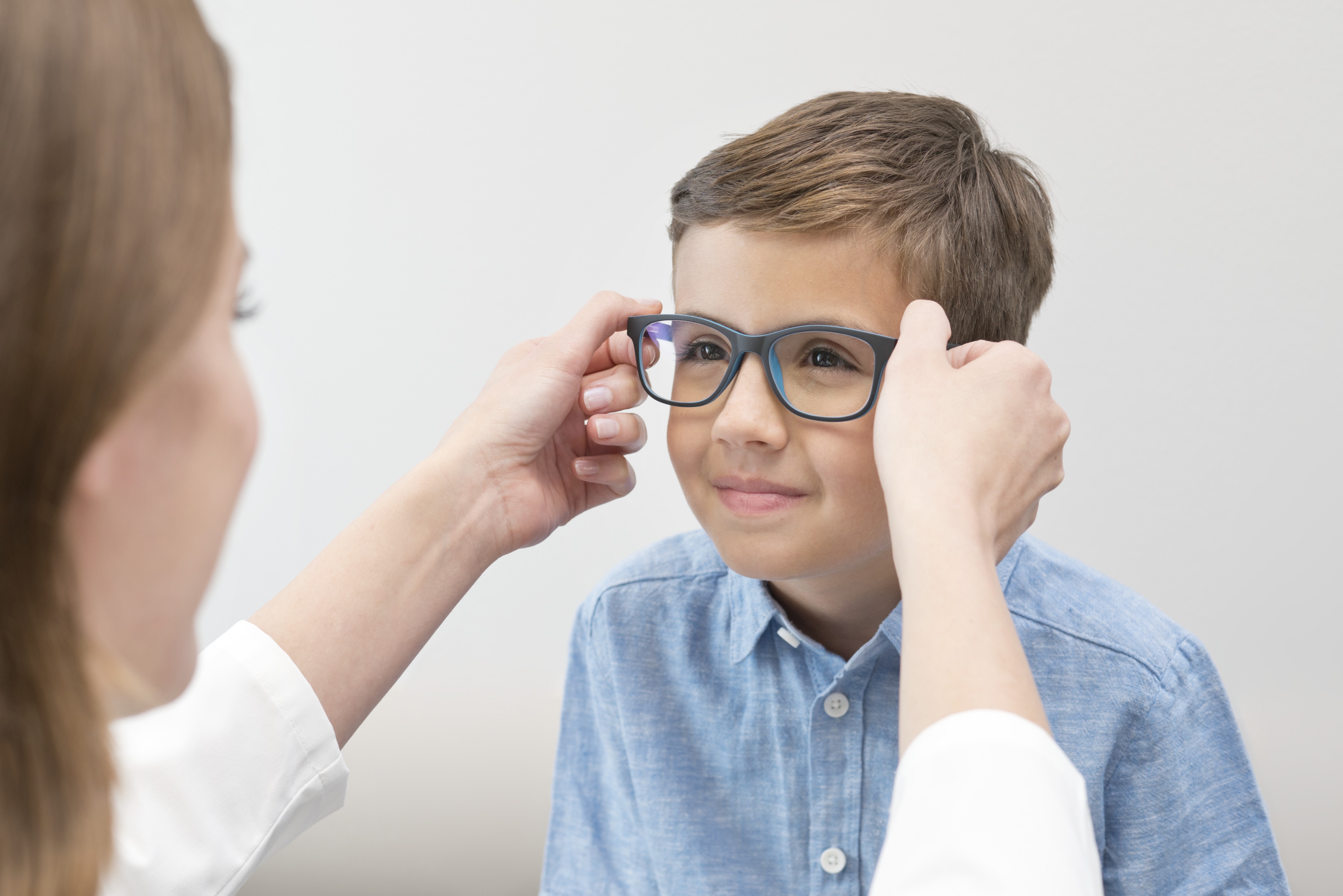 |
| While myopia prevalence increased with age among school-aged children who failed their vision screenings, rates of astigmatism, anisometropia and hyperopia went in the opposite direction. Photo: Getty Images. |
School-based vision screenings help increase access to eyecare for socioeconomically disadvantaged students and provide an opportunity to detect refractive errors that may otherwise have gone unrecognized and untreated. A recent large study, published in Ophthalmic Epidemiology, reports on refractive error findings of students who failed their screenings and received a subsequent school-based eye exam. Among this group, four in five students had clinically significant refractive error (CSRE), and three in five were at risk for refractive amblyopia.
The study was conducted using data across six years of the Helen Keller US Vision Program, which provided school-based vision services to over 285,000 students from pre-kindergarten through 12th grade in disadvantaged schools in the Northeast US. The researchers identified 103,159 students who failed their screening and received a school-based eye exam, of which 95,875 (92.9%) were analyzed. The team investigated how refractive patterns compared between age groups and examined the relationships between demographic factors, socioeconomic measures and different types and severities of refractive errors.
The total prevalence of any refractive error was 94.2%, with 81.7% of students having CSRE. The highest prevalence of CSRE was observed in pre-kindergarten and kindergarten students (85.7%), which then declined to 77.0% by 3rd and 4th grade before rising again in each higher grade level.
The prevalence of refractive amblyopia risk was 60.9% overall. As with CSRE, this percentage was highest in the two youngest age groups—73.8% of pre-kindergarten and kindergarten students—which the authors note in their paper “may affect developmental and academic outcomes.”
The most common refractive error detected among students who failed their vision screenings was myopia, followed by astigmatism, anisometropia and hyperopia. The odds of all but myopia declined with higher grade level. According to the study authors, “The overall age-associated trends showing increase in myopia prevalence, decrease in hyperopia prevalence, and decrease-then-stabilization in astigmatism and anisometropia prevalence were consistent with previous findings.”
In summary, this study found that nine in 10 students who failed their school-based vision screening had some degree of refractive error. “These students constitute a large population of underserved children for whom school-based vision programs may provide early detection of refractive error and initiation of care, vital for preventing morbidity from amblyopia,” the authors concluded in their paper. “The persistently high prevalence of refractive error across all grade levels also calls for continuing vision care in students of higher grade levels.”
| Click here for journal source. |
Nguyen AM, Guo X, Dai X, et al. Refractive profiles in children receiving school-based eye exams following vision screening from a large school-based vision program in 2016 to 2022. Ophthalmic Epid. November 12, 2024. [Epub ahead of print]. |


